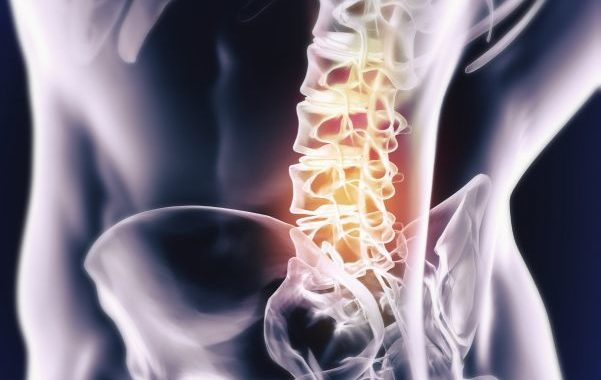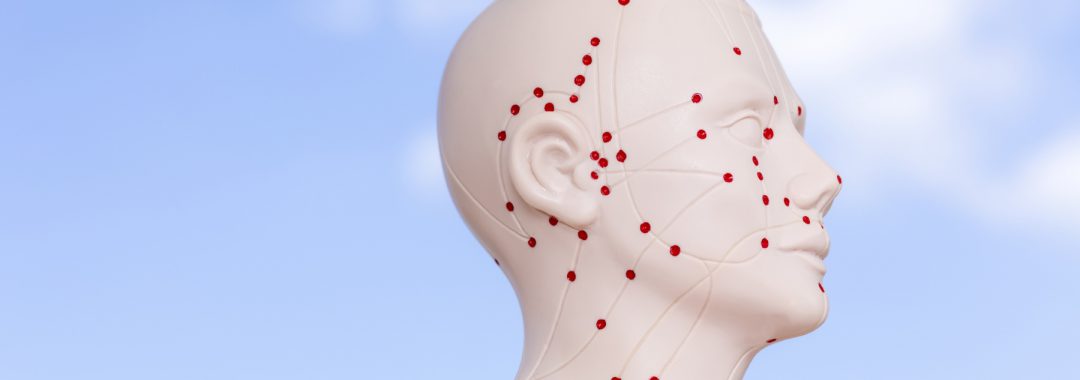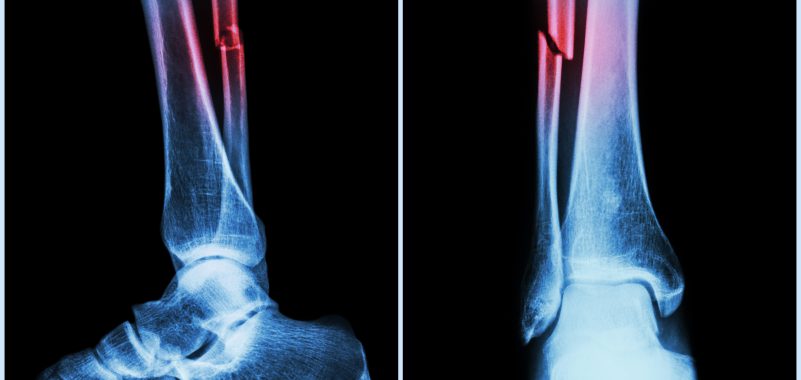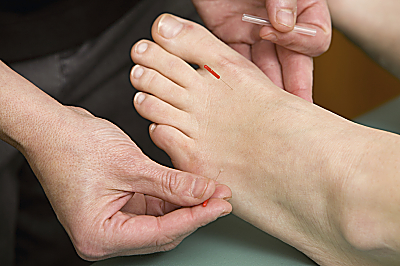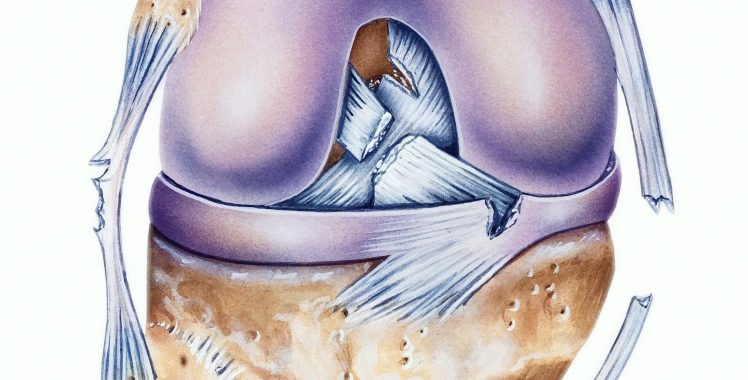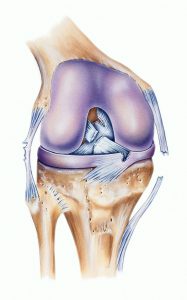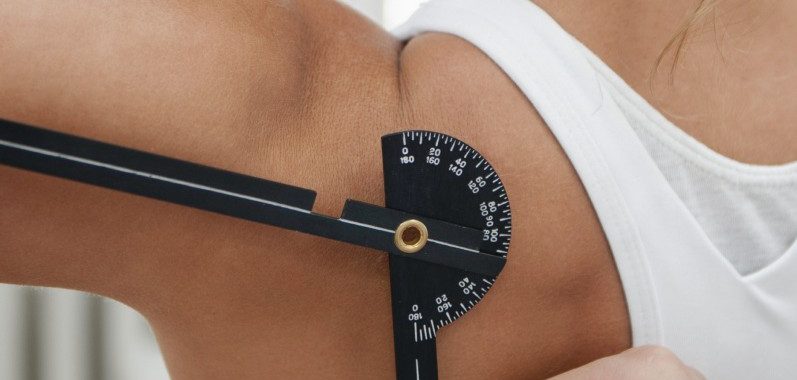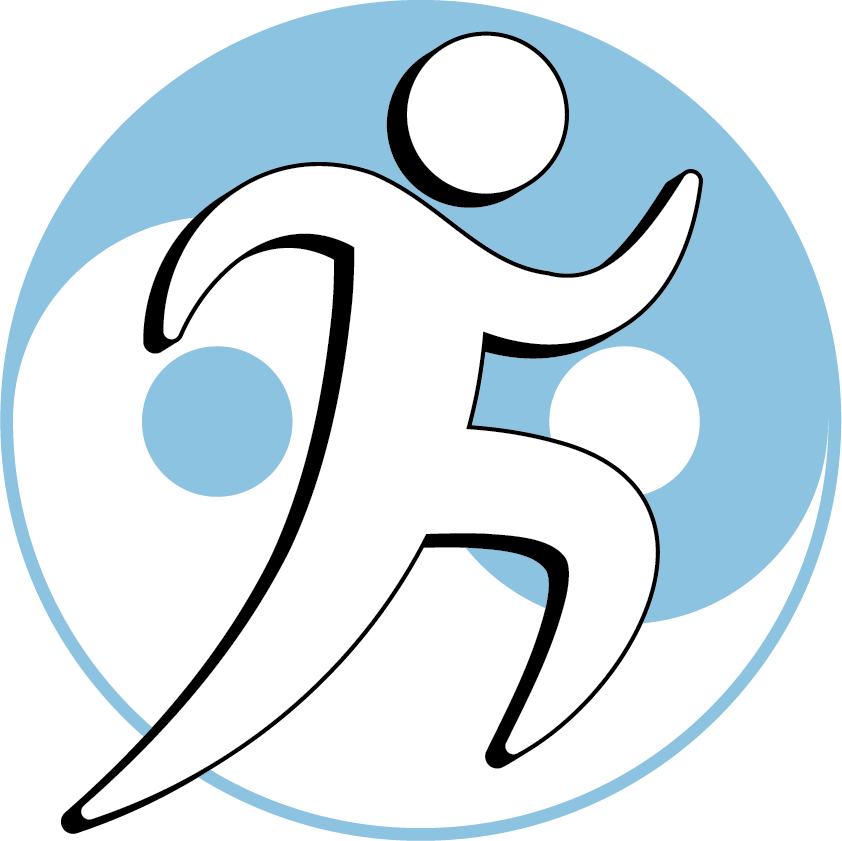Open to access this content
Category Archives: Live In-Person Classes
Documentation and Report-Writing
With Instructor Anthony Von der Muhll, L.Ac., DAOM, DNBAO, FAIPM
Medical Documentation: Essential Best Practices
Live Webinar Workshop & Distance-Learning Course
Professional medical documentation skills are vital for:
- Improving outcomes and learning directly from your patient cases
- Building referral relationships and improving coordination of care with other medical professionals
- Supporting insurance reimbursement
- Complying with records requests and surviving insurance audits
- Defense in case of malpractice suits and complaints to regulatory agencies
Class Topics:
- Bring your charting up to the highest standards of professionalism by reviewing and applying best practices in:
- Organization and completeness
- Appropriate use of medical terminology
- Documenting case management and safety procedures
- Techniques to save time and effort while improving quality
- Pros and cons of templates, checklists, and narratives: avoiding the appearance of "rote" treatment
- Custodianship and transfer of patient records: keeping it safe and legal
- Further learning: developing charting skills for your areas of specialization
Class notes feature sample initial (History of Present Illness) and progress (SOAP) notes.
Billing managed care insurance? Our Report-Writing Workshop for Managed Care class can help with treatment authorization and reimbursement. Register for both classes for -10% off each.
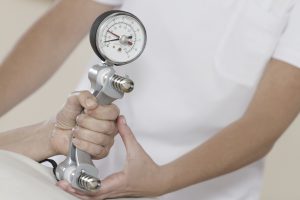
Report-Writing for Managed Care: HMO, Personal Injury & Work Comp
Live Webinar Workshop & Distance-Learning Course
-- "Thanks a lot for providing the class to us; very professional and useful, helpful!" -- Shaoying Bai, LAc., Sacramento CA
Report-writing skills are vital for treatment authorization and reimbursement for HMO, Personal Injury and Work Comp cases.
Class Topics:
- Documentation and reporting of subjective and objective measurements of functional capacities and other key baselines, including:
- Standard, research-validated questionnaires to measure patient self-assessments of functional capacity
- Pain scales: how to use them accurately and reliably
- Findings from observation and inspection
- Joint range-of-motion
- Strength, sensory function, and tenderness scales
- Measuring limb girth and skin lesions
- Special tests and physical examinations
- Non-quantifiable assessments of functional capacity
- Setting appropriate treatment goals
- Presenting outcomes and making recommendations for future care to support reimbursement and treatment authorization/re-authorization requests
Class notes include sample initial functional capacity evaluations and re-evaluation reports for managed care insurance.
Live webinar workshops feature instructor-lead peer review/feedback regarding student chart notes and reports.
Student Ratings and Comments
from evaluation from prior live class offering in 2016, as required by California Acupuncture Board
Respondents: 13 of 17 enrolled
Average rating: 99/100
- “Anthony as always is superbly professional, knowledgeable, and encouraging improvements in clinical practice. Thank you!” --Anonymous
- “All of your classes have been instrumental in my ability to improve patient care–but it could be a 2-day course to cover more. Thank you!” –Jennifer Root, L.Ac.
- “I always enjoy Anthony’s classes, very helpful info.” --Anonymous
For Certification in Acupuncture Orthopedics, either the live webinar (8 hours), or the distance-learning class (5 hours) + one live 3-hour Case Consultation meeting focused on medical documentation is required.
View full certification program and register for in-person, live webinar and self-paced distance-learning classes.
Calf, Ankle, Foot — Anatomy Lab for Acupuncturists
Open to access this content
Calf, Ankle & Foot
In-Person Classes & Live Webinars
Must be attended at the time/date offered for Live PDAs/CEUs
See below for detailed description of class contents
History-Taking, Exam, Assessment, Treatment
with Anthony Von der Muhll
Sat-Sun July 11-12, 2026, 9:00-6:00, at ACCHS, Oakland CA
Review & Practicum Lab
with Anthony Von der Muhll
Monday July 13, 2026, 9:00-6:00, at ACCHS, Oakland CA
Self-Paced Distance Learning
1-year on-demand access
See below for detailed description of class contents
Calf, Ankle, Foot: History, Exam, Assessment, Treatment
Self-paced Distance-learning Module
with Anthony Von der Muhll
Comments from Class Evaluations
"This class will directly benefit my patients...Very thorough and patient teaching + re-teaching...No suggestions, he's awesome." --Whitney Bird, L.Ac., Napa CA
"Wonderful class! I use this information in the clinic quite often." -- Eunhye Kim, L.Ac., Oakland CA
Clinical anatomy, kinesiology, and the jing-jin ("sinew meridians" or myofascial tracts)
- Bones, joints, muscles, tendons, and neurology
- Posture and motion dysfunctions
- The arthritic progression: strain/sprain, derangement, degeneration
Physical exam of the calf, ankle and foot: how findings can guide treatment with acupuncture modalities
- Observation of gait dysfunctions
- Surface anatomy, inspection and palpation
- Ankle and foot joint active range-of-motion, tracking and functional tests: measurements, diagnostic significance
- Ankle and foot passive range-of-motion and joint-play/end-feel stress tests
- Muscle length and manual strength testing and referred pain pattern charts for 20 key muscles of the calf, ankle, and foot
- Special orthopedic tests for the ankle and foot
- Documentation of physical exam findings
- Measuring and reporting functional capacity baselines and treatment outcomes
- Clinical flow charts to facilitate efficiency and accuracy in examination
Diagnosis, Pattern Identification, and Treatment
Calf
- Gastroc/soleus strains and plantaris ruptures
- Achilles, tibialis anterior, peroneal, and toe extensor tendinitis and nodular tendinosus
- Tibialis posterior dysfunction
- Medial tibial stress (“shin splints”) syndrome
Ankle joint
- Ankle sprains
- Calcaneal bursitis
- Chronic ankle instability: ATF, PTF, and CF ligamentous laxity
- Post-surgical adhesive capsulitis
- Degenerative joint disease/osteoarthrosis
- Sinus tarsi and lateral ankle impingement syndromes
Foot
- Acute sprains/strains
- Plantar fasciitis and metatarsalgia
- Turf toe and sesamoiditis
Peripheral neuropathies
- Peroneal neuropathy
- Tarsal tunnel syndrome
- Morton’s neuritis and neuromas
- Reflex sympathetic dystrophy/complex regional pain syndrome
Treatment modalities include:
- Myofasicial Trigger Needling: tibialis anterior, toe extensors, fibularis group, gastroc/soleus
- Prolo-acupuncture: ankle and foot ligaments, mid-foot, metatarsal and toe joints
- Active Cupping: suction + ankle ROM for calf muscle stretching
- Gua sha and tui na to normalize ankle joint mechanics
- Electro-acupuncture for peripheral nerve entrapment
- 3-edged, lancet and 7-star needle therapies
- Exercise therapy for calf, ankle and foot injury recovery and prevention
- Splints, taping, and footwear prescription
- Stabilization splints and sleeves
- Motion control vs. barefoot theories
- Taping techniques for plantar fasciitis
- Calf, ankle and foot strengthening, stretching and stabilization
Build on your skills with the Review/Practicum Lab.
View full certification program and register for in-person, live webinar and self-paced distance-learning classes.
Hip, Thigh, Knee
In-Person Classes & Live Webinars
Must be attended at the time/date offered for Live PDAs/CEUs
See below for detailed description of class contents
Treating the Hip, Thigh and Knee with Classical and Modern Acupuncture
with Anthony Von der Muhll
Saturday June 7, 2025, 9:00-5:00
At: Gsundheitshuus, Zugerstrasse 21
6314 Unterageri, Switzerland
Basics of Hip, Thigh, Knee
Live Webinar with Anthony Von der Muhll
Monday, September 8, 2025, 8:00-9:00 pm Eastern Time
Hip, Thigh, Knee: History, Examination, Assessment & Treatment
with Anthony Von der Muhll
Saturday-Sunday, October 4-5, 2025, 9:00-6:00
at the Virginia University of Integrative Medicine, 1980 Gallows Road, Vienna VA
Hip, Thigh, Knee: Review & Practicum Lab
with Anthony Von der Muhll
Monday, October 6, 2025, 8:30-5:30
at the Virginia University of Integrative Medicine, 1980 Gallows Road, Vienna VA
Prerequisite: prior completion of Hip, Thigh, Knee: History, Examination, Assessment and Treatment (either in-person or distance-learning)
Self-Paced Distance Learning
1-year on-demand access
See below for detailed description of class contents
Hip, Thigh & Knee: History, Exam, Assessment, Treatment
Self-paced Distance-learning Module
with Anthony Von der Muhll
Comments from Course Evaluations
"Anthony is a wealth of knowledge and a great service to the profession. So grateful for him!" -- Kevin Craft, LAc., Oceanside CA
"I use this information everyday in the clinic. So very useful and effective!" -- Eunhye Kim, LAc., Oakland CA
Clinical anatomy, kinesiology, and the jing-jin ("sinew meridians" or myofascial tracts)
- Bones, muscles, tendons, ligaments, joints, neurology
- Posture and motion dysfunctions
- The arthritic progression: strain/sprain, derangement, degeneration
History-taking: key diagnostic questions
- "Red flag" symptoms of urgent/serious medical conditions potentially warranting referral to physician care: hemarthrosis, thromboses, infections, fractures, pediatric and adolescent conditions, and neuropathies
- Identifying the affected jing-jin ("sinew meridians" or myofascial tracts).
- Differentiating symptoms of muscles, tendons, ligament, joint and nerve injuries
- Neural hypersensitization and psycho-social factors
Physical exam of the hip, thigh and knee: how findings can guide acupuncture treatment
- Classical jing-jin and modern orthopedic observation, inspection and palpation
- Joint exam: active range-of-motion and passive stress testing of the hip, tibiofemoral, patellofemoral, and superior tibiofemoral joints
- Manual strength testing and referred pain pattern charts for 20 key muscles of the hip, thigh and knee
- Special orthopedic and neurologic tests for the hip, thigh and knee
- Clinical flow charts to facilitate efficiency and accuracy in examination
Diagnosis and pattern identification
- Hip and Buttock
- Muscle strains and myofascial pain: gluteals, piriformis, iliacus, tensor fascia lata
- "Snapping hip" syndrome and enthesitis
- Bursitis: trochanteric and iliopsoas
- Femoral acetabular syndrome
- Labral tears and capsular laxity
- Osteoarthrosis
- Neuropathies: sciatic, lateral femoral cutaneous
- Thigh
- Muscle strains and myofascial pain: quadriceps, hamstrings, sartorius, adductors, iliotibial band
- Knee
- Muscle strains and myofascial pain: popliteus
- Bursitis: patellar, iliotibial, pes anserine
- Patellofemoral syndromes
- Ligament sprains: ACL, MCL, LCL, PCL
- Meniscus injuries and degeneration
- Osteoarthrosis
- Superior tibiofibular joint laxity
Treatment of the jing-jin and orthopedic conditions
View full certification program and register for in-person, live webinar and self-paced distance-learning classes.
Hip, Thigh, Knee — Anatomy Lab for Acupuncturists
Open to access this content
Treating the Neck and Shoulder with Classical and Modern Acupuncture
Open to access this content
Treating the Low Back with Classical and Modern Acupuncture
Open to access this content
Low Back, Core & Pelvic Girdle — Anatomy Lab for Acupuncturists
Open to access this content
Shoulder Arm Hand — Anatomy Lab for Acupuncturists
Open to access this content
